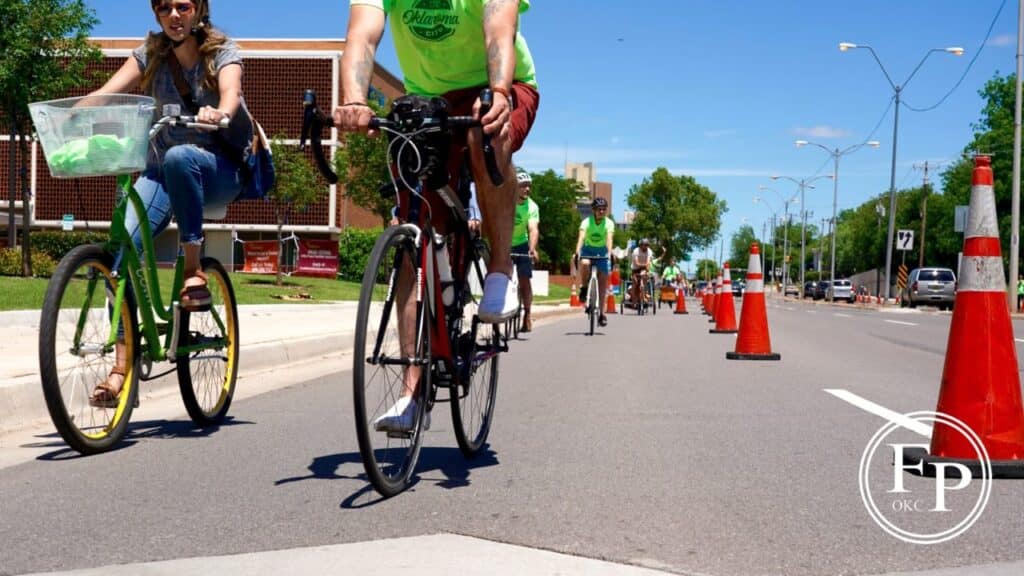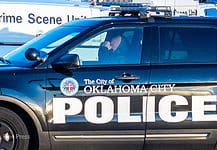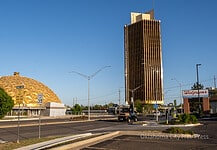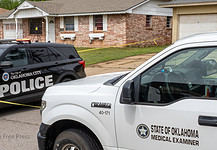Last Updated on August 6, 2023, 2:52 AM | Published: October 23, 2022
OKLAHOMA CITY (Free Press) — As pedestrian fatality numbers remain concerningly high in OKC, the number of deaths in bicycle crashes on city streets has stayed mercifully and remarkably low.
Without further context, this could be seen as an indication that the city’s infrastructure is safer and better-designed for cyclists.
Until, that is, you look at the numbers for reported non-fatality cyclist crashes and injuries.
OKC saw a significantly higher number of reported cyclist crashes than any other city in the state, including Tulsa, with more than 90 crash reports within city limits and more than 100 reports in Oklahoma County.
Even when weighted according to population, OKC’s per capita numbers dwarf those of Norman, a city with a notably large bike-riding culture and a hefty investment in cyclist-focused infrastructure.
This information comes from the Oklahoma Highway Safety Office (OHSO) that tracks the most recent available statistics city by city statewide across a broad spectrum of categories.
The raw data used comes from law enforcement agencies across the state, including the Oklahoma City Police Department. The most current numbers are from 2020.
Connectivity Not Safety
“I think a lot of our projects are doing well at trying to address connectivity,” said OKC’s Ward 6 City Council member JoBeth Hamon, herself an avid city cyclist, “but I just don’t think we’ve thought through our design standards in terms of safety.”
It’s true that a number of high-profile projects to improve ease of biking travel around OKC were laid out and suggested in the BikeWalkOKC plan adopted by City Council in 2018.
Routes and connectivity have increased, but the focus of city transportation has largely remained on automobiles.
In most cases, that means not disrupting the established, car-focused design of city streets at all.
Significant limits
“Essentially, the budget doesn’t allow for us to move any curb to have dedicated lanes for bicycles. There just isn’t room in the way that we have our design,” Hamon explained.
“We’ve had to think about how we can start implementing bike infrastructure, really, as quickly and least expensively as possible, which essentially means ‘don’t move curbs’ and just use what existing right-of-way you already have, which just gives you different levels of protection and isn’t always super consistent,” said Hamon.
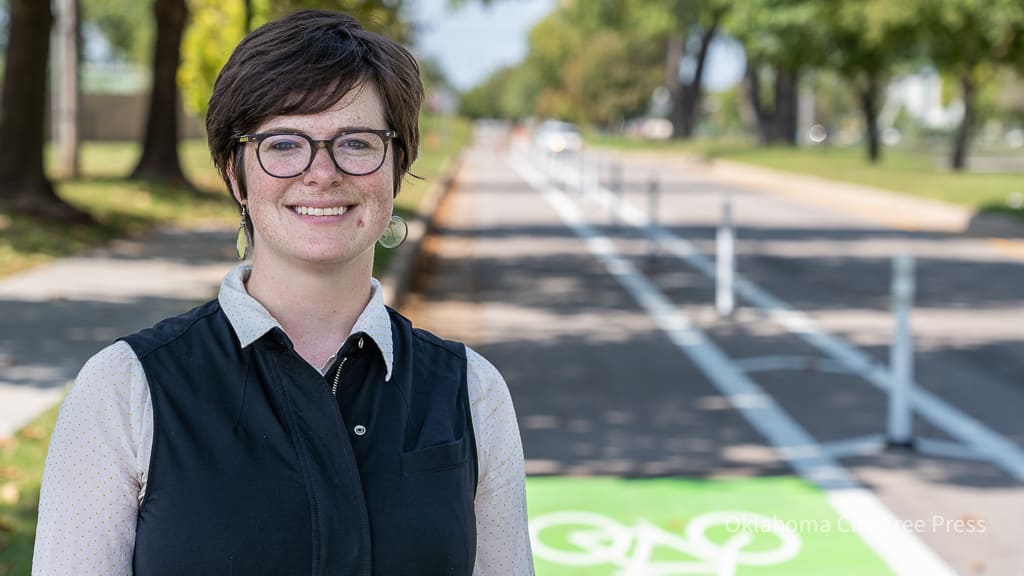
As the city attempts to increase walkability with new sidewalks and pedestrian-focused plans that don’t require disrupting or reducing car traffic, plans for bike safety have focused mainly on designating narrow bands of city streets for cyclists along road shoulders with no actual change to the road or lane sizing for cars.
“Our ‘Tier One’ design is what we would consider our highest protection, but it’s still just those plastic delineators,” Hamon explained. “I know from a lot of residents I’ve talked to, and from infrastructure in some other cities I’ve seen, that it can be better having some kind of actual concrete barrier, even if it is just in pairing with those delineators, just something maybe a little more intimidating to a car.”
The Purpose of Streets
Even as the city continues its plans for increased and updated bicycle infrastructure, there are some in the biking community who feel the steps taken may seem positive, but actually have the opposite effect.
When Free Press spoke last year to Anthony Carfang Jr., Government Chair of BikeOklahoma and certified bicycle instructor, about the now-completed biking and pedestrian bridge over the Northwest Expressway, he was open about his concerns that it was simply a consolation to cyclists that actually reinforced the city’s automotive dependence.
“Almost all projects to improve safety for people on foot, wheelchair, or bicycle are limited in scope so as to maintain existing car convenience and speed,” he told me. “There is research showing that when presented with two options – crosswalk or pedestrian bridge – 37% or higher will still use the crosswalk due to the inconvenience of the bridge.”
Carfang believes one of the biggest concerns with this kind of “out of the way” solution is that it leads drivers to believe they should not have to share the road with cyclists.
“Unfortunately, the presence of the pedestrian bridge leads to motorist complacency, thinking they don’t have to expect pedestrians,” he said. “This can actually lead to a less safe infrastructure and has the added aspect of reinforcing the idea to all residents that the sole purpose of streets is to support cars”
Damaging public trust
Carfang is concerned that these kinds of projects that he sees as conciliatory can, over time, seriously damage public trust and can actually result in more dangerous riding conditions for cyclists.
“Unfortunately, spending money on bad infrastructure, like bike lanes that are too narrow, in the gutter, and over drainage grates, leads to few bikers using it, and drivers unsatisfied that they have to cross a yellow line to pass a bicyclist in a too-narrow bike lane,” he said.
“So, it’s not good for bikers, not good for drivers, and results in the impression that the city does bad work or wastes money, eroding trust and eroding support for future projects.”
The Rules of the Road
Ultimately, one of the biggest barriers to creating a safer environment for cyclists is working to change the perception of what city roads can be used for, and how people should be expected to interact with them.
For many, that means changing the belief that the road exists for cars and that bicycles and cyclists are simply an impediment.

“I literally had someone say ‘if bicycles can’t follow the rules of the road right now, why should we give them their own lanes?’” Hamon said. “We’re not going to win everybody over, but I think we can increase the visibility of a separated infrastructure, and of more people out biking, especially in groups.”
Hamon’s hope, like the hopes of the entire OKC cycling community, is that just working to show drivers and bikers sharing streets and traveling in harmony can be enough to start changing attitudes.
“There’s an element,” she said, “that when that kind of infrastructure is prominent and obvious, over time, it’s going to change the way people behave and think about what that space is for.”
Brett Fieldcamp has been covering arts, entertainment, news, housing, and culture in Oklahoma for nearly 15 years, writing for several local and state publications. He’s also a musician and songwriter and holds a certification as Specialist of Spirits from The Society of Wine Educators.
